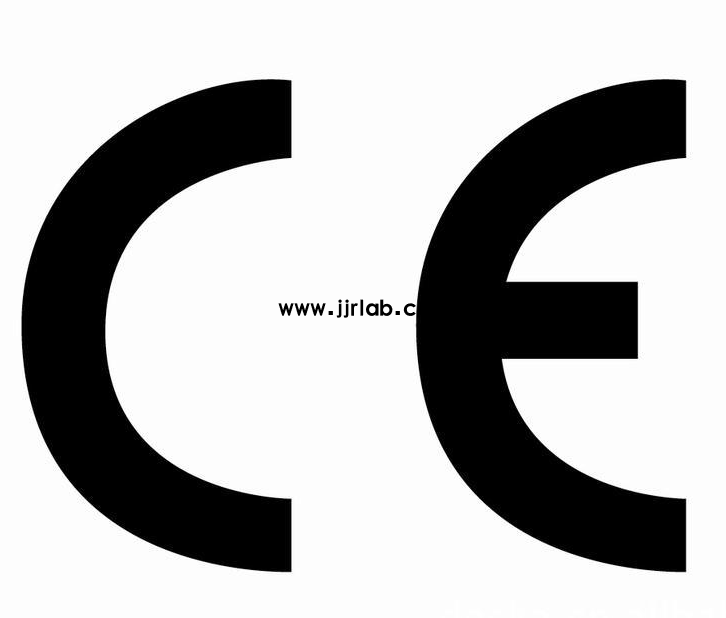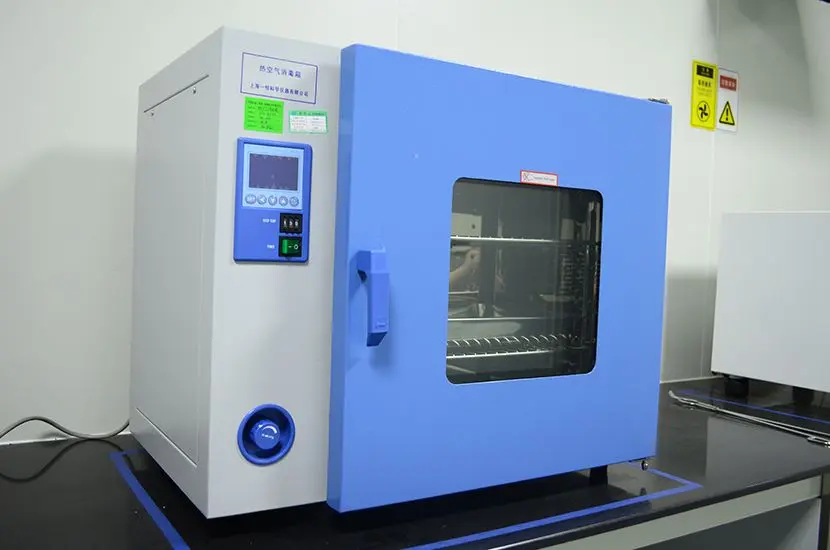
Hair Dryer CE Certification EN60335 Testing
As a common household appliance, a hair dryer must pass strict CE certification to be sold in the European Union market. CE certification is not only a passport for product quality but also a crucial threshold for enterprises entering the EU market. This article will provide an in-depth analysis of the ce certification process and standards for hair dryers, helping companies better meet international market requirements.
CE Certification Directives
CE certification primarily involves three directives: CE-LVD, CE-EMC, and CE-RoHS. Each of these directives focuses on different aspects of product safety and environmental standards.
1. CE-lvd directive
The CE-LVD directive is based on the en60335-1 and EN60335-2-23 standards. It focuses on testing the electrical safety performance of hair dryers, including:
- Electrical insULation
- Mechanical strength
- Temperature rise limits
- Fire resistance
In addition, EN60335-2-23 tests the special functions of hair dryers, such as:
- Temperature control
- Protection cover strength
- Overheat protection
These tests ensure the product's safety during use.
2. CE-EMC Directive
The CE-EMC directive primarily follows the EN55014-1 and EN55014-2 standards. This directive evaluates the electromagnetic compatibility (EMC) of the hair dryer:
- EN55014-1 assesses electromagnetic interference during use, including conducted and radiated emissions. It ensures the hair dryer does not interfere with other electronic devices.
- EN55014-2 tests the hair dryer's immunity to interference, such as:
- Electrostatic discharge
- Lightning strikes
- Power fluctuations
This verifies the hair dryer's stability in complex electromagnetic environments.
3. RoHS Directive
The RoHS directive is based on the EN62321 standard and limits the content of six harmful substances in hair dryers, including:
- Lead (Pb)
- Cadmium (Cd)
- Mercury (Hg)
- Hexavalent Chromium (Cr6+)
This directive ensures consumer health protection and complies with the EU’s high environmental and sustainability standards.
CE Certification Process
The process of obtaining CE certification for a hair dryer mainly involves the following steps:
1. Choosing a Certification Body
Selecting a certification body with ISO17025 accREDitation is crucial. The laboratory will conduct the necessary tests based on the applicable standards, including:
- Safety testing
- ROHS Testing
2. Submitting Documentation and Samples
The company must submit the required documents and product samples to the chosen certification body.
3. Conducting Tests
The laboratory will perform the required tests to evaluate the product’s compliance with the relevant directives and standards.
4. Review and Issuance of Certification
Once the tests are complete and the product meets all the necessary standards, the laboratory will issue a CE test report and certification. The typical certification process takes about 5-10 working days.
Benefits of CE Certification
Obtaining CE certification is not only a guarantee of product quality but also enhances the brand value of the company. For manufacturers of hair dryers who plan to enter the EU market, understanding and adhering to CE certification standards is an essential step in expanding into international markets. Moreover, companies can improve the efficiency of managing the certification process and enhance product competitiveness with the help of AI tools, such as Sohu Simple AI.
In conclusion, CE certification is a key factor for successfully entering the EU market, ensuring product safety, environmental sustainability, and compliance with European standards.
Email:hello@jjrlab.com
Write your message here and send it to us
 European Authorized Representative for Medical Dev
European Authorized Representative for Medical Dev
 Low Voltage Testing Services
Low Voltage Testing Services
 Constructive Playthings Foam Block Toys Safety Sta
Constructive Playthings Foam Block Toys Safety Sta
 Prop 65 Textile Testing
Prop 65 Textile Testing
 Environmental Testing for Electronic Products
Environmental Testing for Electronic Products
 Food Packaging Testing Laboratories
Food Packaging Testing Laboratories
 What is CE Certification for Electrical Equipment?
What is CE Certification for Electrical Equipment?
 Requirements for EAC Declaration of Conformity (Do
Requirements for EAC Declaration of Conformity (Do
Leave us a message
24-hour online customer service at any time to respond, so that you worry!




